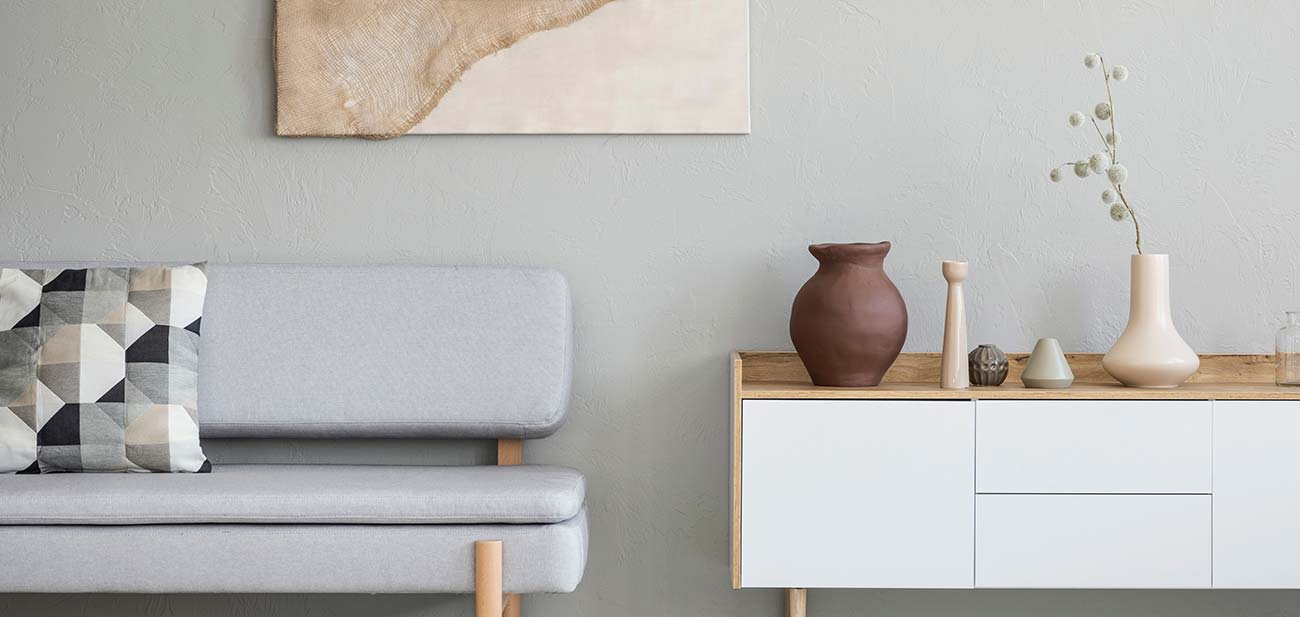Interior design is an art that has been practiced for centuries. From simple cave dwellings to luxurious castles, humans have always sought to create beautiful and functional living spaces. The evolution of interior design reflects changes in society, culture, and technological advancements. In this article, we will explore the history of interior design and how it has evolved through different ages.
Ancient Times: Practicality and Symbolism
In ancient times, interior design focused primarily on practicality and symbolism. The interiors of caves and early dwellings were designed to provide shelter and protection from the elements. Functional objects such as baskets, animal skins, and simple furniture were used to create a comfortable living environment.
As civilizations emerged, interior design began to take on symbolic meanings. In ancient Egypt, for example, interior spaces were adorned with hieroglyphics and intricate carvings that represented religious beliefs and cultural values. The use of color, patterns, and materials such as gold and precious stones was reserved for the elite.
During the Roman Empire, interior design became more elaborate. The Romans introduced the concept of frescoes and mosaics, incorporating vibrant colors and intricate patterns into their interiors. The wealthy Romans also enjoyed luxurious furnishings and decorations, such as marble statues and intricate tapestries.
The Evolution of Interior Design through Ages
The Middle Ages: Dark and Ornate Interiors
The Middle Ages marked a shift in interior design. The focus shifted from functionality to opulence and symbolism. Interiors were characterized by dark and oppressive spaces, with small windows and heavy curtains. The dominant architectural style during this period was Gothic, with its pointed arches and ornate decorations.
The interiors of castles and churches in the Middle Ages were lavishly decorated with tapestries, stained glass windows, and religious icons. Intricate woodworking and stone carvings were used to create detailed motifs and designs. Symbolism played a significant role in interior design during this time, with each element conveying a specific message or religious meaning.
The Renaissance: A Return to Classicism
The Renaissance period marked a return to the classical ideals of ancient Greece and Rome. Interior design during this time embraced symmetry, proportion, and balance. Influenced by the rediscovery of ancient texts, the Renaissance saw a revival of classical architectural styles such as the use of columns, domes, and arches.
The interiors of Renaissance palaces and villas were characterized by grandeur and elegance. Frescoes adorned the walls, depicting scenes from mythology and history. Elaborate tapestries, luxurious fabrics, and intricate furniture were used to create a sense of opulence. The emphasis on harmony and balance extended to the layout and arrangement of furniture and objects within a space.
The Baroque and Rococo Eras: Extravagance and Ornamentation
The Baroque and Rococo eras were periods of extravagance and ornamentation in interior design. The Baroque style, characterized by its dramatic effects and rich details, reflected the opulence of the Catholic Church and European monarchies. Interiors were adorned with gold leaf, elaborate stucco work, and grand chandeliers.
The Rococo style, which emerged in the 18th century, took the extravagance of the Baroque era to new heights. Interiors were characterized by lightness, pastel colors, and intricate details. Furniture was designed to be highly decorative and often featured delicate carvings, gilding, and upholstery.
The Industrial Revolution: Functionality and Mass Production
The Industrial Revolution brought significant changes to interior design. With the advancements in technology and manufacturing, new materials and products became readily available. The focus shifted to functionality, efficiency, and mass production.
The interiors of Victorian-era homes were characterized by an eclectic mix of styles, from Gothic Revival to Arts and Crafts. The middle class began to embrace interior design as a means of showcasing their social status and taste. The expansion of the middle class also led to the development of department stores, which offered a wide range of furniture and home decor items.
The Modern Era: Minimalism and Design Movements
The 20th century witnessed a multitude of design movements that have shaped the evolution of interior design to this day. From Art Nouveau to Bauhaus to Mid-Century Modern, each movement brought its own unique aesthetic and philosophy.
Modern interior design emphasizes simplicity, functionality, and clean lines. Minimalism became a dominant trend, with interiors featuring open spaces, neutral colors, and uncluttered layouts. The use of new materials such as glass, steel, and concrete expanded the possibilities for architectural and interior design.

Contemporary Interior Design: Blend of Styles and Personalization
Contemporary interior design is characterized by a blend of styles and a focus on personalization. Homeowners now have access to a vast array of design inspirations through magazines, websites, and social media platforms. The emphasis is on creating spaces that reflect individuality and lifestyle.
Eclectic interiors that combine different styles and eras have become popular. Mid-Century Modern furniture and Scandinavian design elements coexist with vintage pieces and contemporary artwork. Technology has also become an integral part of interior design, with smart home systems and integrated appliances transforming the way we interact with our living spaces.
The Future of Interior Design: Sustainability and Innovation
The future of interior design is likely to be shaped by sustainability and innovation. With growing concerns about the environment, designers are increasingly focusing on eco-friendly materials and energy-efficient solutions. From sustainable furniture to green building practices, the emphasis is on creating spaces that are not only aesthetically pleasing but also environmentally responsible.
Technological advancements will continue to play a significant role in interior design. Virtual reality and augmented reality are already being used to visualize and experience design concepts. The integration of smart home technology will further enhance our living experiences, with homes becoming more responsive and adaptable to our needs.
In Conclusion
The evolution of interior design is a reflection of the ever-changing tastes, values, and lifestyles of humanity. From ancient civilizations to the present day, interior design has evolved from simple and practical spaces to extravagant and highly personalized environments. As we move forward, sustainability, innovation, and personalization will continue to shape the future of interior design.

Leave a Reply